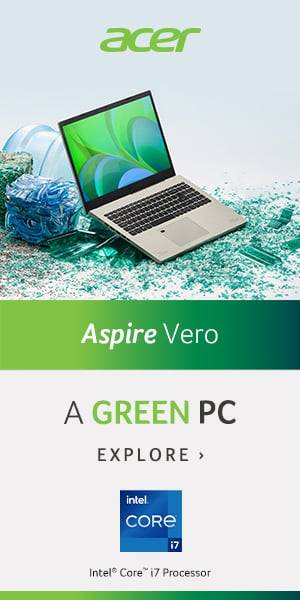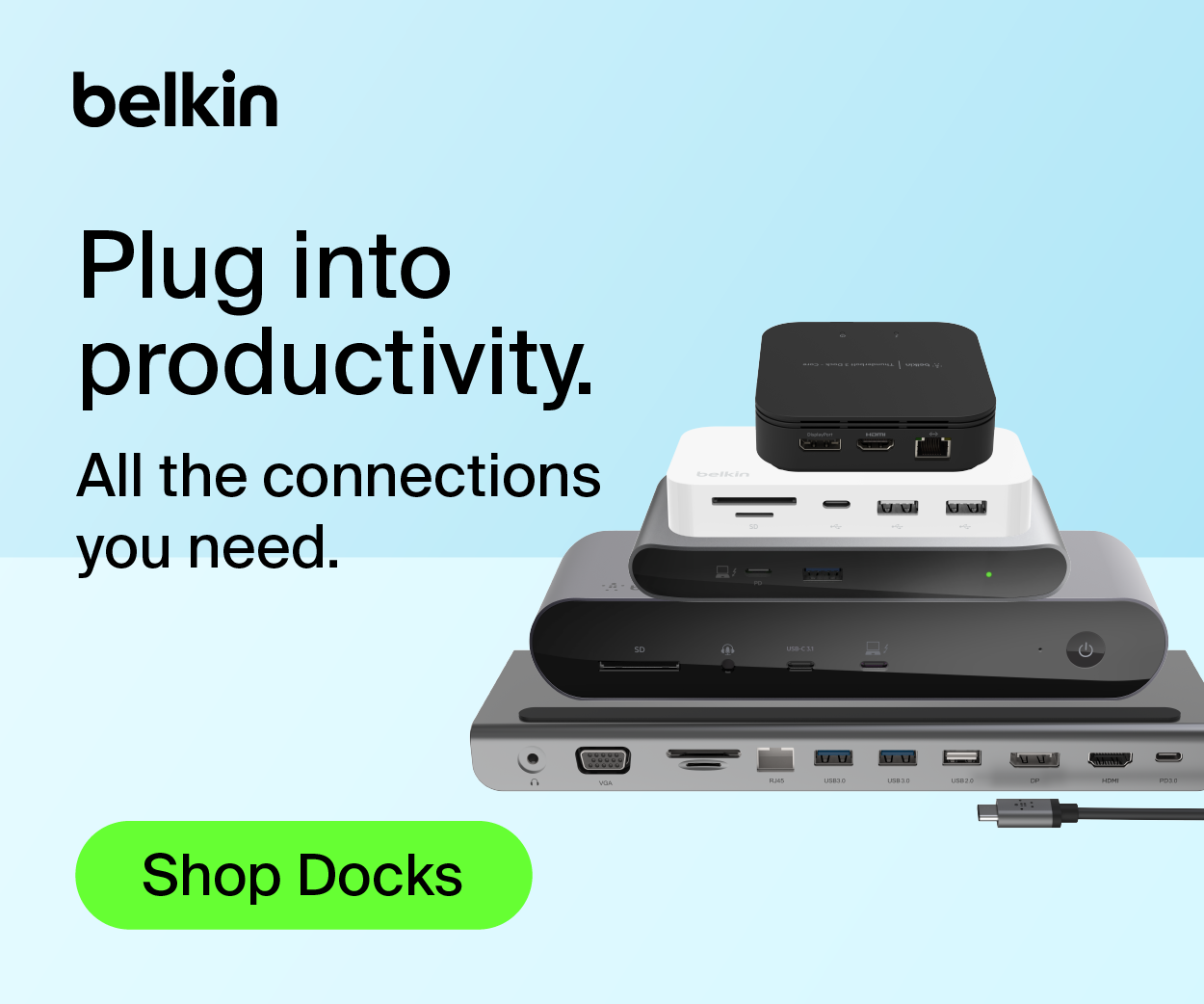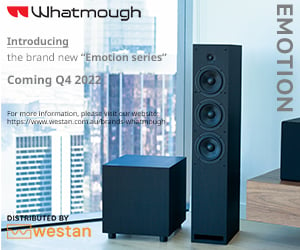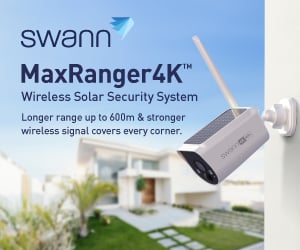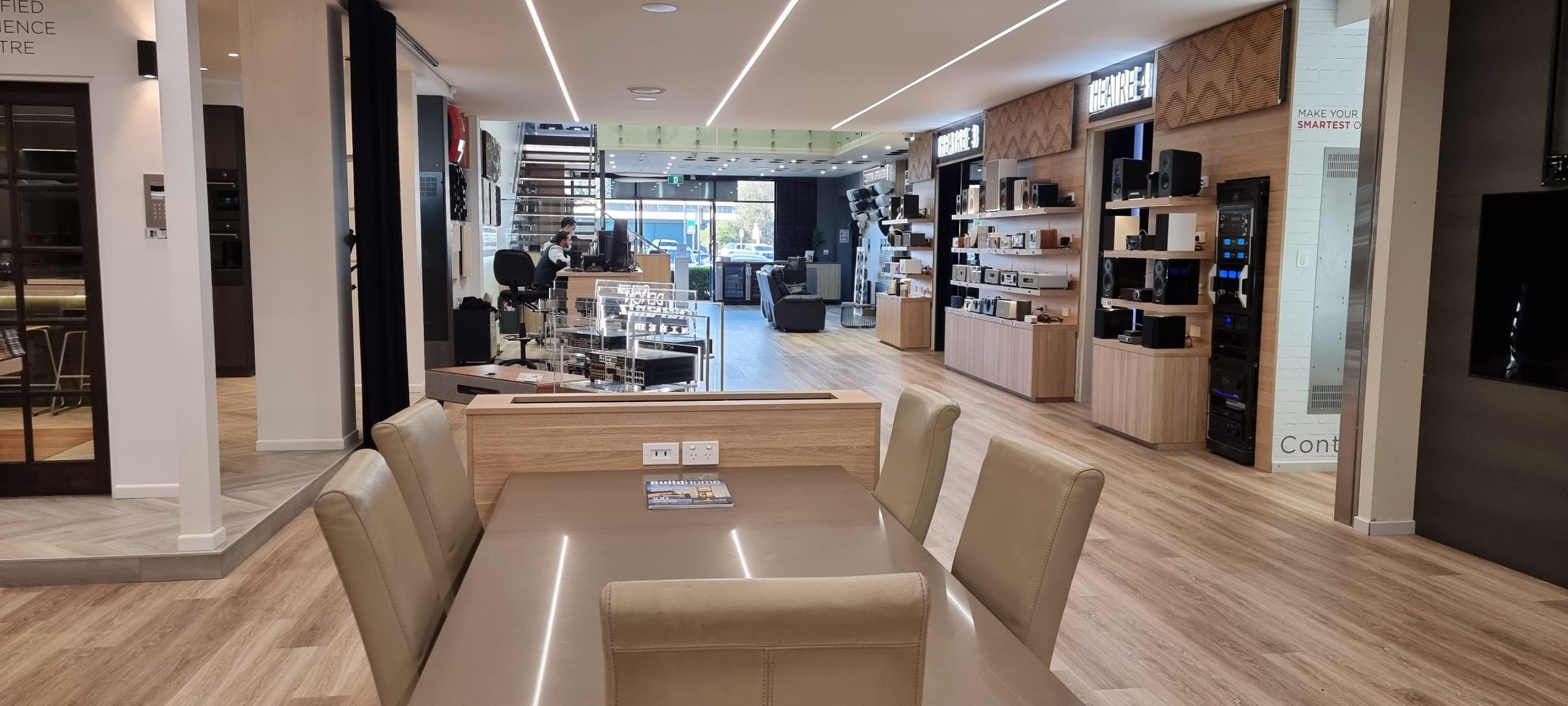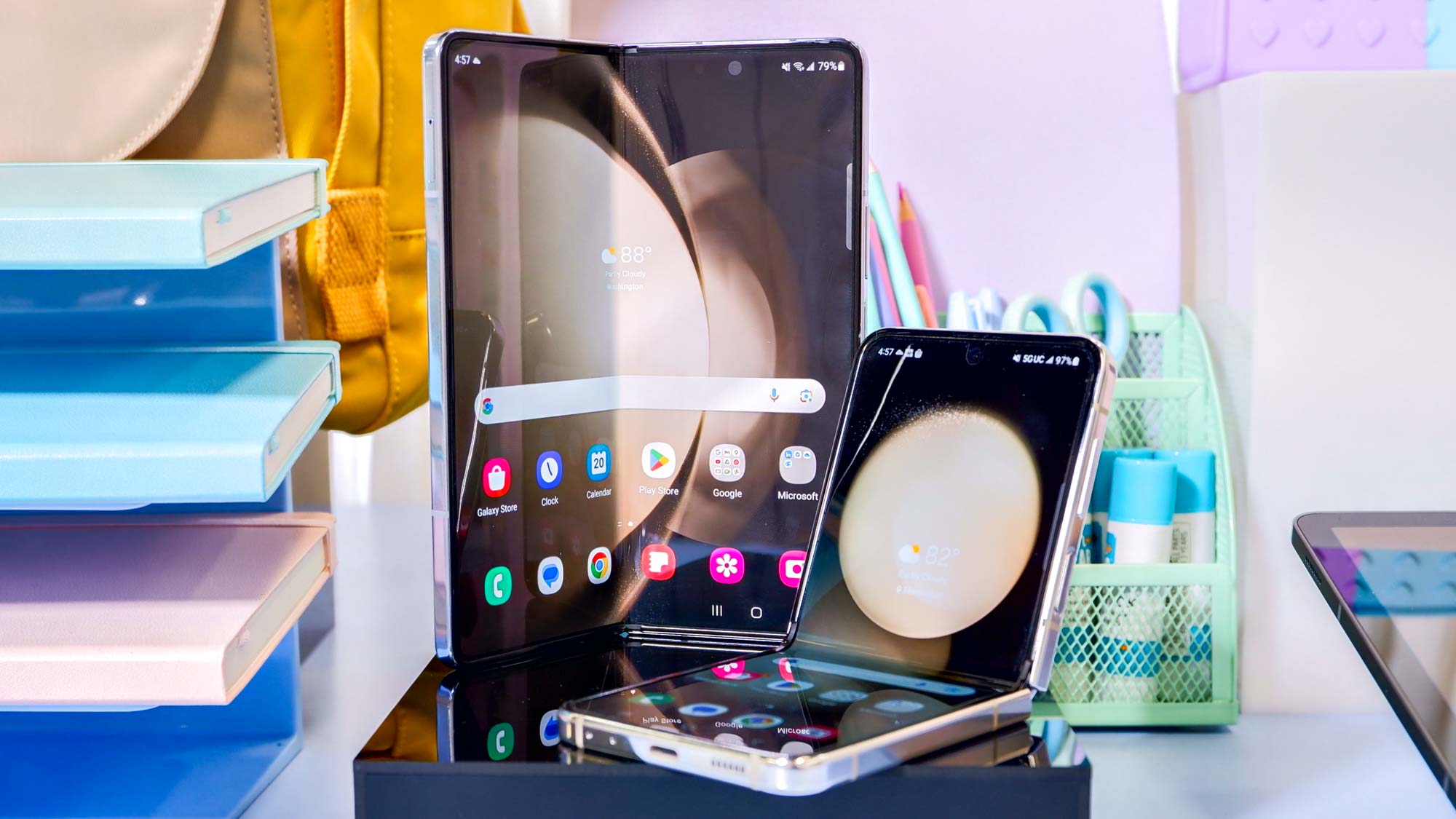New Deloitte Report Claims Streaming Has A Big Future, As Fed Government Tries To Take Control
A new 2023 Deloitte Media & Entertainment, report claims that the future for Australians is more streaming than free to air, the report is timely and has been released as streaming platform providers via ASTRA move to take on the Federal Government proposed changes to how people view content.
We reported yesterday on how Federal Labor Government now looking to deliver a new framework that will see free to air TV platforms prioritised over local streaming services such as Foxtel, Stan, Kayo and Binge.
The report reveals that Australians who are spending less on cinema entertainment, are prepared to spend on subscriptions for video streaming, music, video gaming, pay tv and news subscriptions.
The average number of subscriptions per household is 3.2 this year, a slight increase from 3.1 in 2022 with SVOD (Subscription video) largely driving the change claims Deloitte.
The report appears to support what the Australian Subscription Television and Radio Association (ASTRA) claims.
They believe that federal government’s push to have greater control over what Australian viewers can watch on their display screens whether it is on a TV, tablet or monitor with a smart TV platform built, in will lead to the Government dictating which apps get priority on display screens.
This week ASTRA launched a public campaign warning Australians of the potential risks involved if the government has control of a person’s TV.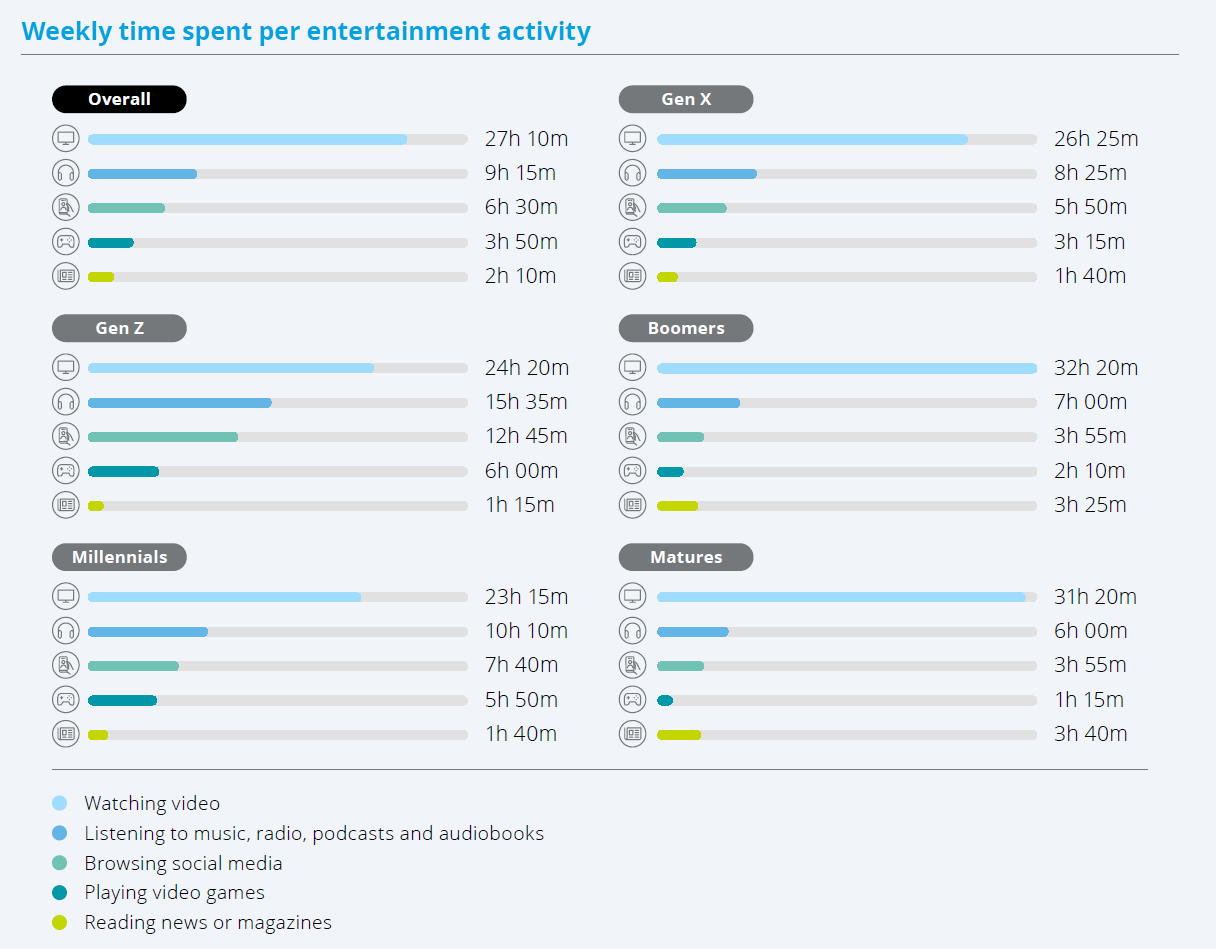

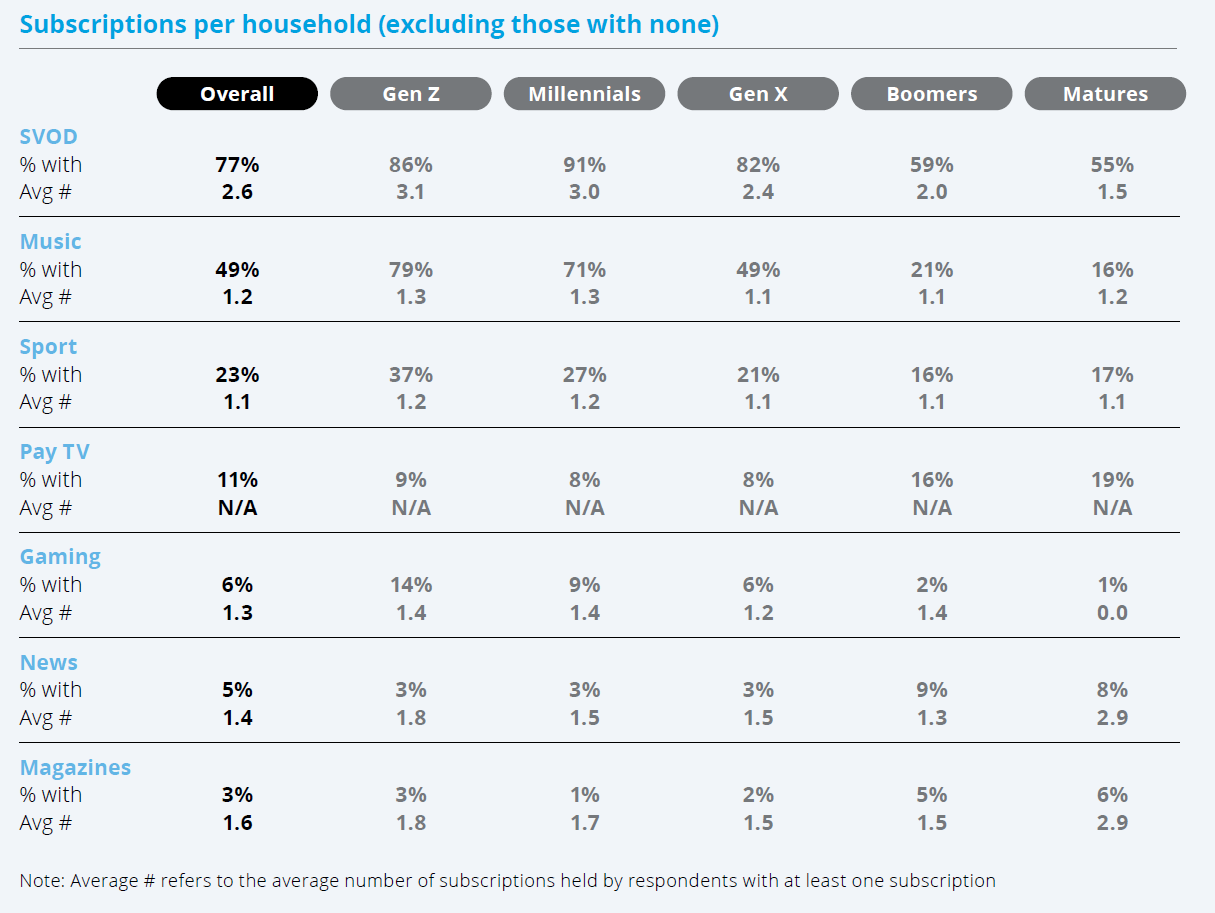
The federal government received submissions earlier this year for a framework to ensure that Australian TV services are able to be easily found on connected TV devices, however the proposed changes could see taxpayer-funded broadcasters including the ABC and SBS given increased prominence ahead of other commercial TV outlets on their smart TVs.
Deloitte claims that the maturing SVOD market is closing the gap on free-to-air consumption, accounting for 10 hours 25 minutes (both live and catch-up FTA) on average across all generations.
While growth in this market has historically skewed to younger audiences, the gap has closed substantially across Gen Z (10 hours 45 minutes per week), Millennials (11 hours 50 minutes), Gen X (10 hours 30 minutes) and Boomers (9 hours 15 minutes).
They claim that the battle for eyeballs between free to air and a new generation of subscription providers will only intensify as the subscription juggle gets more complex and costly.
The audience that has taken to streaming are described as having a complex relationship with social media and free video platforms.
YouTube who increased their premium subscription rates this week, competes for consumption time but is also a valuable distribution channel to grow.
and retain audiences.
Viewers spend an average of 9 hours and 55 minutes hours a week consuming video on these platforms, doubling to nearly 20 hours for Gen Z.
Foxtel Group chief executive officer Patrick Delany told The Australian yesterday that the proposed changes by the federal government – which are yet to be finalised – could result in viewers being dictated to on how they can search for content, including services that they pay for.
Fetch TV CEO Scott Lorson claims that he is supportive of the proposed Government changes. What’s not known is whether this is a position supported by Telstra who acquired 51% of Fetch TV while also owning 33% of Foxtel.
At this stage it appears that Telstra will benefit whichever way the legislation goes as broader is consumed.
Deloitte claim that consumers are using an increasing number of connected devices such as tablets, phones, and TVs to access content.
It’s this audience that the Federal Government appears keen to influence in an effort to prop up struggling free to air TV services.
Deloitte claims that what the ASTRA members are delivering today, and consumers are taking to is ‘a far cry from when movies were exclusive to the cinema.
or living room, radio to the car or kitchen, and video games to a console or desktop computer.
Consumers can now stream AI-powered personalised radio, play against PC and console gamers on the other side of the world from their smartphone, rewatch sports in bite-sized pieces – or in the extreme, watch entire movies in two-minute chunks on social media.
“If nothing else, we can simply swipe through millions of live streams recommended by tailored algorithms,” said Deloitte.
Shortly News Corp and Foxtel; will launch Hubbl a new platform that delivers access to millions of streams via one platform.
On the issue of Federal Government intervention in what consumers view and how Patrick Delany said, “This is a hugely emotional issue for Australians who treasure time spent in front of the TVs they spend their hard-earned money on,” Mr Delany said.
“Pay TV and streaming has become an equal part of the diet in addition to free TV – there is no way Australians will be told what to watch or how to search for content. It is an invasion of the living room.”
In the ads across print and on social media on Monday ASTRA said: “Don’t let the government tell you what to watch or limit your search results.
“You wouldn’t allow it on your phone. It’s your TV.
“It’s your living room.
“The choice should be yours.”




















